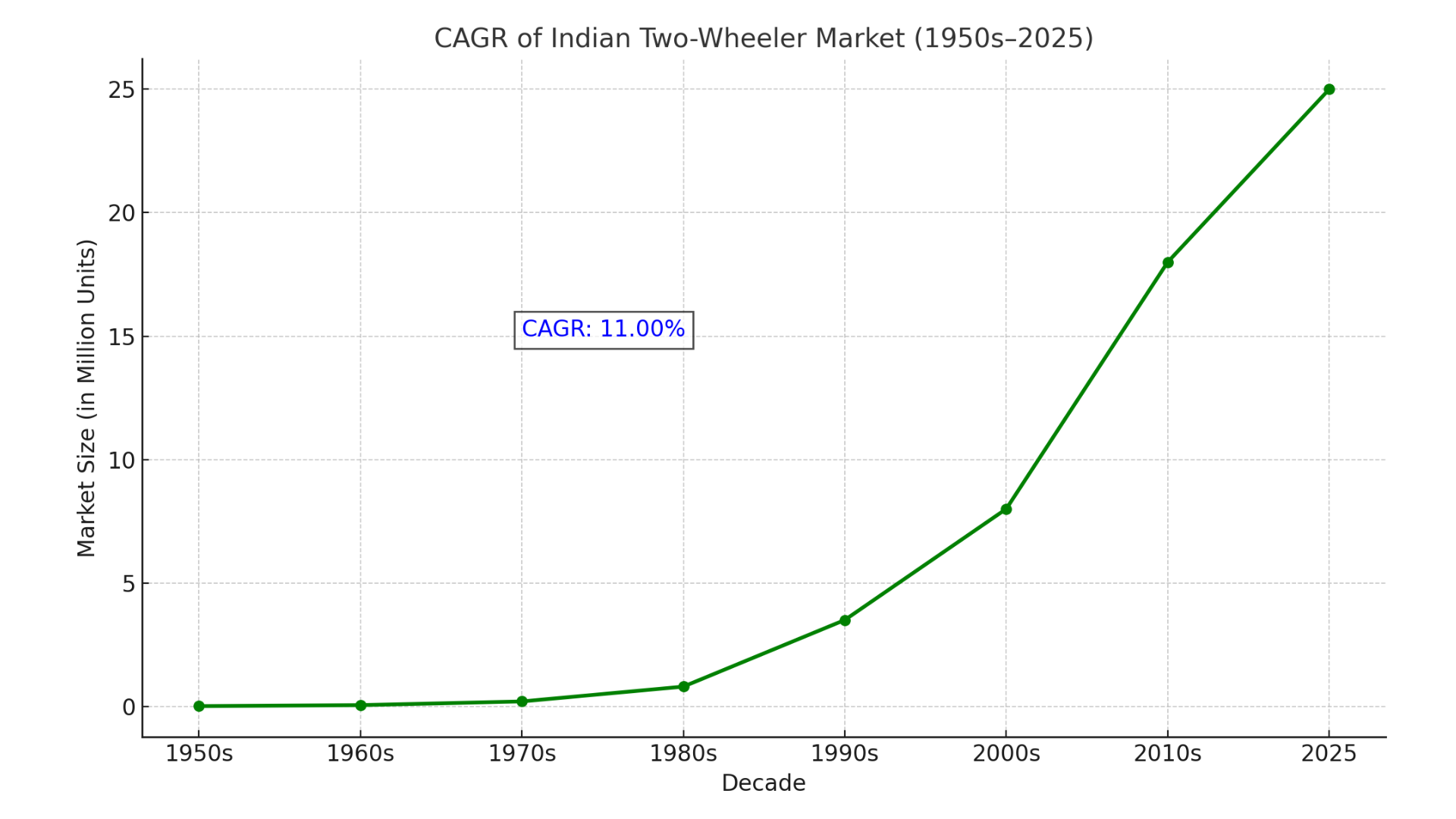
Why Chocolate Sales Are Rising in a Health-Focused World.
Introduction
Chocolate is no longer just a treat—it’s becoming a statement. Once seen purely as a sugary delight for emotional comfort or celebration, chocolate is being redefined in a global context. Today’s consumers want more than indulgence; they want purpose. As a result, the chocolate market is undergoing a profound transformation—from flavor and function to packaging and ethics.
Let’s unwrap the trends reshaping the future of chocolate.
Indulgence, But Make It Clean
Consumers are becoming more health-conscious, but their desire to indulge hasn’t vanished—it’s simply evolved. They’re now seeking “clean indulgence”: chocolate that satisfies without guilt.
- Demand for clean-label products is growing, especially in North America and Europe. Terms like “organic,” “fair trade,” “no added sugar,” and “plant-based” are no longer niche—they’re expected.
- Sugar reduction is a major driver, with innovations such as stevia, allulose, and fruit-based sweeteners enabling guilt-free pleasure.
- The rise of keto-friendly and vegan chocolates shows how dietary lifestyle trends are reshaping product development.
Takeaway: Consumers aren’t giving up chocolate. They’re choosing smarter versions of it.
Functional Chocolate: From Mood to Immunity
As the boundaries between food and supplements blur, chocolate is becoming a functional food vehicle.
- Chocolates infused with adaptogens (like ashwagandha), collagen, probiotics, and vitamins are gaining traction.
- Stress-relieving and mood-boosting variants are resonating with post-pandemic lifestyles.
- In Asia, where food is often viewed as medicine, functional chocolate is becoming a wellness staple.
Takeaway: It’s no longer just about flavor. Functionality is the new frontier.
A Tale of Two Markets: Regional Shifts and Preferences
- Asia-Pacific (APAC) is emerging as the fastest-growing region, driven by rising disposable income and urbanization. Countries like India, China, and Indonesia are seeing a shift from traditional sweets to premium chocolate offerings.
- Europe, though a mature market, continues to innovate in sustainability and premiumization.
- Latin America, particularly Brazil, is experiencing a growing appetite for artisanal and bean-to-bar chocolates.
Takeaway: While preferences vary, one thing is clear—chocolate is gaining deeper cultural and emotional value across the world.
Premiumization and Storytelling in Packaging: Understanding
Packaging today is more than a wrapper—it’s an experience.
- From eco-friendly designs to AR-enabled storytelling, chocolate packaging is evolving to reflect brand values and engage consumers.
- Limited-edition collections, personalization, and gift-ready formats are pushing chocolate into the luxury category.
- Brands are also investing in transparent origin stories, showcasing ethical sourcing and craftsmanship.
Takeaway: The box matters as much as what’s inside.
Tech, AI, and Transparency in Chocolate
Technology is quietly revolutionizing chocolate manufacturing and marketing.
- AI is helping brands track flavor preferences, optimize supply chains, and personalize consumer outreach.
- Blockchain is being used to verify ethical sourcing and traceability.
- Smart sensors are improving quality control, from cocoa bean harvest to final product.
Takeaway: The chocolate of the future is smarter—and more traceable.
Regulations and Labeling: The Fine Print Matters
Governments are stepping in to support healthier consumer choices:
- Front-of-pack labeling regulations are becoming mandatory in many regions.
- Definitions of terms like “sugar-free” or “functional” are being standardized to prevent greenwashing.
- Environmental regulations around sustainable cocoa farming are increasing.
Takeaway: Transparency isn’t just ethical—it’s becoming legally required.
What’s Next? A Holistic Chocolate Experience
The global chocolate market is at a pivotal moment. It’s no longer just about taste—it’s about experience, ethics, functionality, and personal connection.
To win in this evolving landscape, brands must:
- Innovate with health-focused ingredients
- Embrace eco-conscious practices
- Tap into local cultural values
Use tech to personalize and connect
Conclusion
Chocolate’s Future is Purpose-Driven, Personal, and Plious
The global chocolate-Consulate market is no longer driven by mere cravings—it’s driven by values, aspirations, and a deep desire for balance. Consumers today are navigating a world filled with complexity, stress, and fast-changing priorities. In this context, chocolate is evolving from a simple indulgence to a multifaceted experience that touches on health, identity, sustainability, and emotion.
As the lines blur between food, medicine, and mindfulness, chocolate brands must adapt to a more aware and empowered consumer. Whether it’s a wellness-driven individual choosing dark chocolate with functional adaptogens, a conscious buyer seeking fair trade cocoa with transparent sourcing, or a Gen Z consumer opting for personalized, tech-enabled packaging—the expectations are clear: chocolate must now mean more.
For brands, this means
- Innovation must have purpose: It’s not just about adding new ingredients—it’s about solving real health and lifestyle needs.
- Sustainability must be integrated: From ethical farming practices to biodegradable wrappers, responsible production is no longer optional.
- Cultural and emotional connection matters: Localized flavors, storytelling, and heritage-based branding can create lasting resonance.
- Technology must enhance trust and personalization: AI, blockchain, and smart packaging can help bridge the gap between brand promise and consumer belief.
But beyond the trends, what truly stands out is the consumer’s evolving relationship with chocolate. It’s becoming more personal, mindful, and intentional. Chocolate is now a reflection of who we are and what we care about—from our health to our planet, from our roots to our aspirations.


